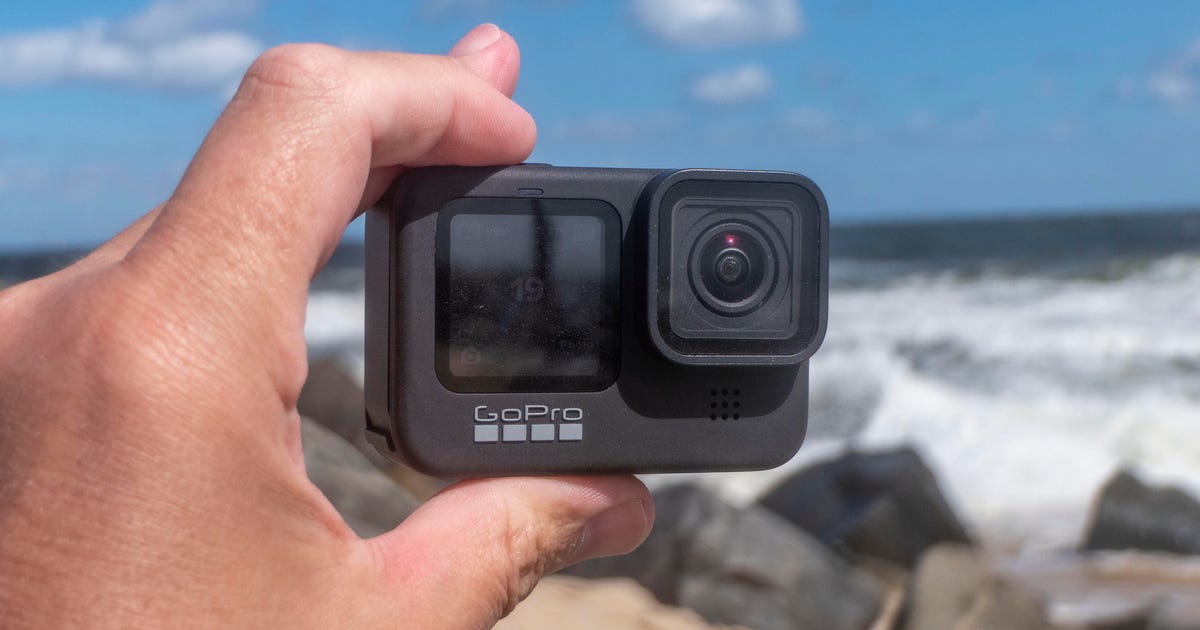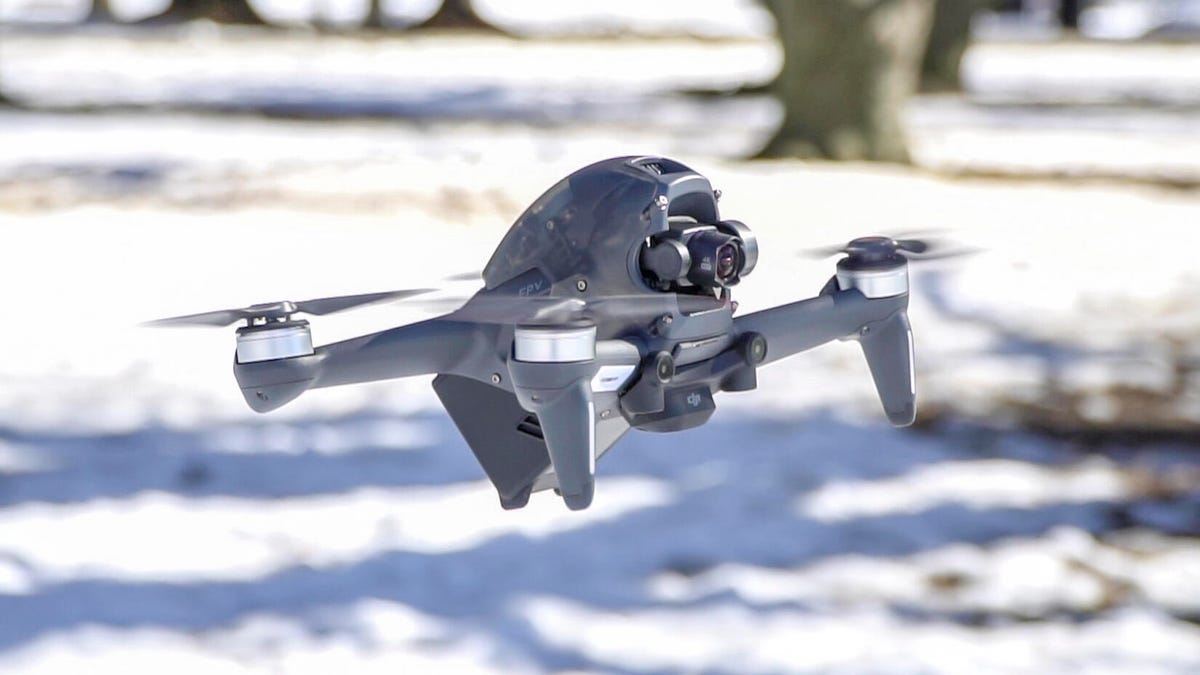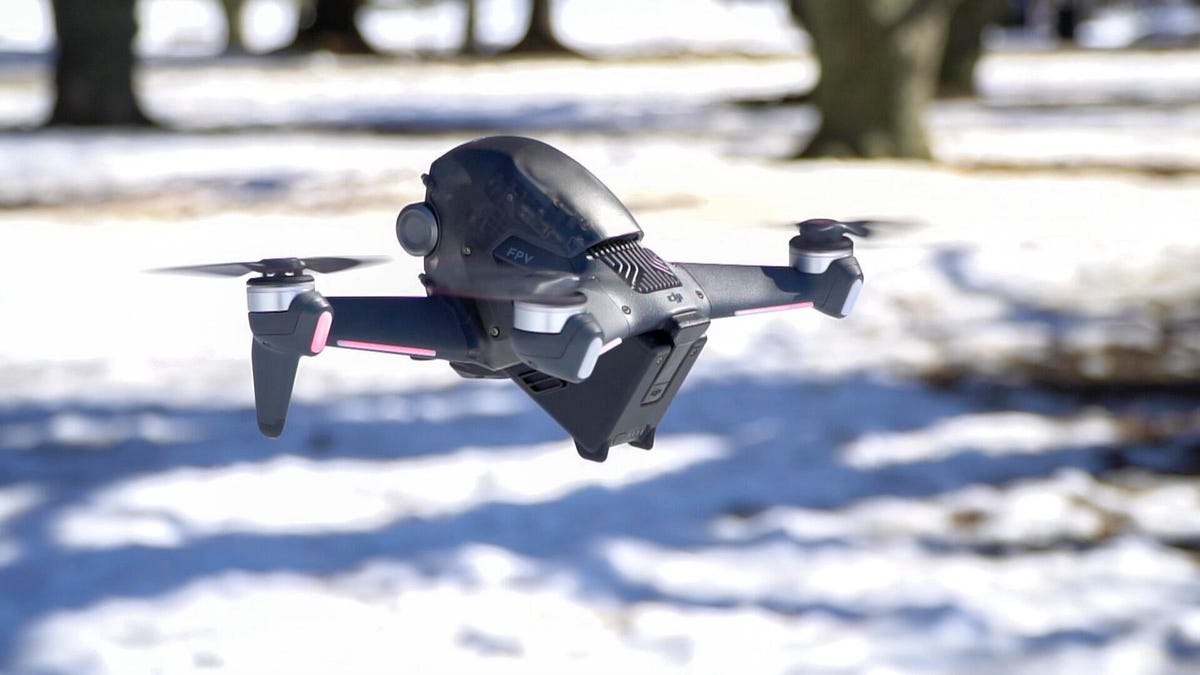
Best action cameras of 2022
When you think of action cameras, there's a good reason that GoPro is often the first brand name that comes to mind. GoPro cameras are compact, lightweight and built to be tough enough to withstand extreme adventures. But GoPro isn't the only game in town. If you're looking for a good high-resolution, mountable, rugged waterproof camera to take on your next incredible outing, we can help you find the best action camera for your needs.
A good action camera offers a variety of features to help you make a great video recording of your most extreme exploits. Some features are must-haves, like image stabilization and a waterproof case. Others aren't necessarily make or break for a sports camera, such as a touch screen, 4K resolution and remote control compatibility.
With that in mind, here are the best action camera models we've tested. All of these action cams are portable, tough and, depending on the shooting mode, have solid video quality. Keep reading to find the best action camera for you. If you've had good results from an action camera not mentioned here, please share it in the comments.
This is the best single-lens action camera you can get from GoPro at the moment in features and performance. Compared with the Hero 8 Black, there are new tools for photos and videos like being able to schedule recordings or set them for a specific duration -- from 15 seconds to 3 hours -- and it now records at 5K at 30 frames per second. That might sound like overkill, but you can pull high-quality stills from the video, making 5K video good for when you can't choose between getting a movie or stills.
However, the biggest changes are in the design of the GoPro camera. The Hero 9 Black is larger to accommodate a bigger, more powerful battery. The lens cover is also now removable so it can be replaced easily if it gets scratched. It also allows you to add lenses including the new GoPro Max Mod Lens that gives you an ultrawide view with hypersmooth stabilization. The action camera is currently on sale for $400, but if you sign up for GoPro's service, the camera price drops to $350 and that includes the service costs.
Read about the GoPro Hero 9 Black.
While GoPro has long called itself the most versatile camera, the Insta360 One R takes versatility to another level. The One R's modular design lets you swap out camera modules for different features and shooting options. At the moment, the module options include a 4K video wide-angle camera for that traditional 4K action camera experience with 4K footage; a dual-lens 360-degree camera; and a Leica-engineered camera with a 1-inch sensor for the best image quality possible even in low light conditions.
Each camera has its own unique capabilities letting you really push your creativity. However, should you get stuck, the company's mobile app and the Insta360 community are a constant source of inspiration. Speaking of the mobile app, it has superintelligent editing features that make it easy to create sharable clips. And all your footage will look incredibly smooth when you use its FlowState image stabilization.
But one of the best parts of the Insta360 One R is that the company never stops improving it and adding features. For example, it just updated the device so it can be used as a webcam, and with the camera's WiFi you can now livestream with the 360 camera. There is no shortage of accessories for it, either, including a dive housing and a selfie stick that disappears from view when you use it with the 360 camera.
The Hero 8 Black's image quality, stabilization and features aren't too far off from what you get with the Hero 9 Black, but its price is certainly more affordable. This 4K video camera was the company's first to feature the redesigned waterproof housing body with built-in mounting fingers to attach the camera directly to a GoPro mount. This HD video camera also has a customizable interface with shooting presets and improved video stabilization and image quality from the Hero 7 Black. The lens, while not removable like the 9's, is made with Gorilla Glass that's twice as impact-resistant as the glass on past Hero models.
Read our GoPro Hero8 Black review.
For a company known for its camera drones, DJI got a lot right with its first action cam. One of its stand-out features is its front color screen. Osmo Action might be small, but it's enough to make sure you're centered in the shot when the camera lens is facing you on a selfie stick. Another great feature of the camera is that it responds to voice commands -- the view can be switched with a voice control. It's also waterproof and rugged with removable lens covers, it has great electronic image stabilization, shoots HDR video and has customizable presets so you get to control the shooting modes you want without diving into menus. This is an excellent waterproof camera for people who are looking for better control when shooting photos and videos.
Read our DJI Osmo Action preview.
Good 4K video for less than $150 and it has a front display. The Brave LE is quite the deal. The body is water-resistant but, along with a variety of mounts, two batteries, a charger and a wrist remote, Akaso includes a dive housing good to 40 meters (131 feet). A touch screen on the back lets you tap your way through its simple interface to change modes and camera settings. A long press on the Mode button on top lets you switch to the front display so you can see yourself while you shoot.
You get several shooting options with this 4K action camera including video and photo time-lapse modes, slow motion and loop recording. It has Diving and Driving modes: the former to compensate for the lack of red light in underwater scenes, the latter will turn on and off with your car when you have the camera connected to your car for power.
As for picture quality, you'll want to keep this budget action camera set to 4K30 with the image stabilization and video quality set to high for the best results, though. Also, while it offers a solid mix of resolutions and frame rates, not all of them have image stabilization including 1080p120 for slow motion.
Read more about all types of cameras
Source
Tags:
- Best Action Cameras Of 2022 Standard
- Best Action Cameras Of 2022 Calendar
- Best Action Cameras Of 2022 401k
- Best Action Cameras Of 2022 Movies
- Best Action Cameras Of 2022 Midterm
- Best Action Cameras Under 100
- Best Action Cameras On A Budget
- Best Action Cameras For Hunting
- Best Action Cameras For Beginners
- Best Action Anime
- Best Action Series
- Best Action Adventure Movies







